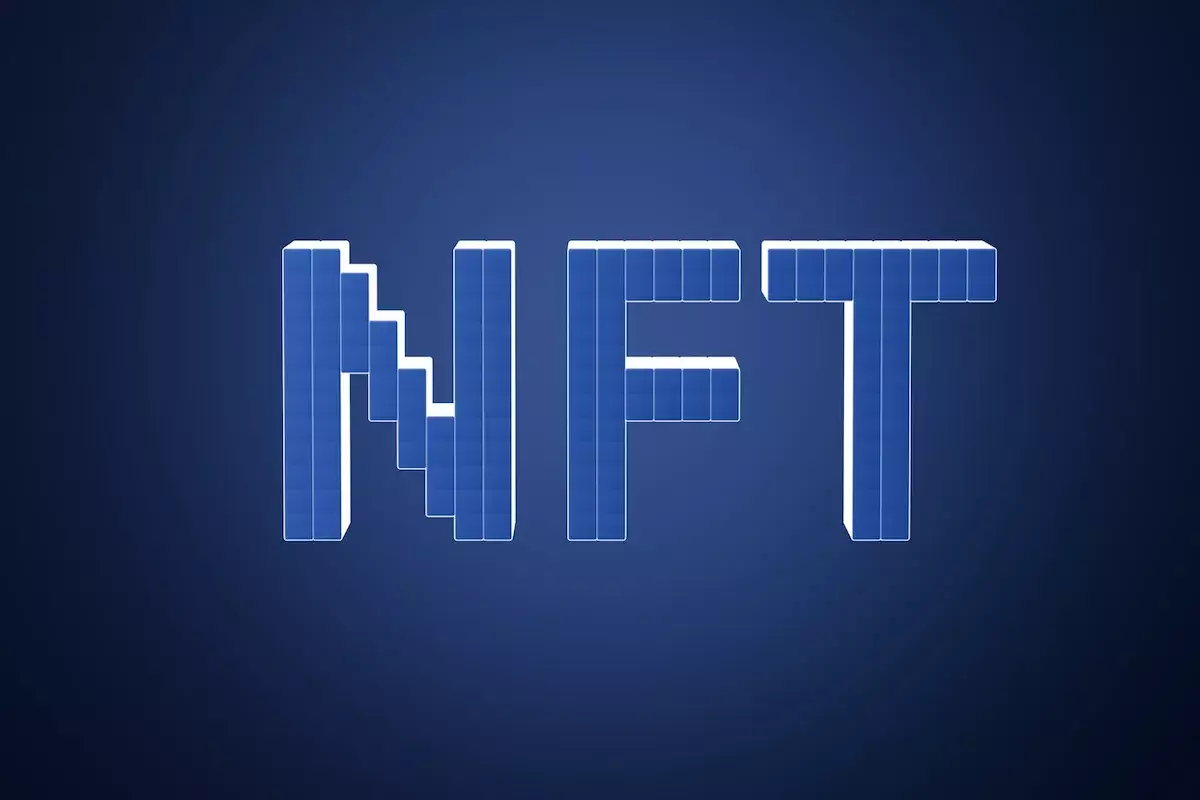The emergence of non-fungible tokens (NFTs) has created a burgeoning digital collectibles market, drawing in various investors and collectors eager to capitalize on this new trend. Among the most influential players in this space are so-called “NFT whales.” These individuals or organizations hold a significant amount of valuable NFTs and have the potential to shape market sentiments and dynamics through their buying and selling practices. This article will dive into the intricacies of NFT whales, their impact on the market, and how you can gain insights into their transactions.
NFT whales are often characterized by their substantial holdings in specific collections or a variety of high-value tokens. The influence they wield is not to be underestimated. When a whale decides to make a large purchase or divest part of their collection, the market can respond dramatically, impacting the prices of the assets involved. The dynamics of the NFT market are particularly sensitive to these movements due to the relatively low liquidity compared to traditional markets.
One of the primary effects of whale activity is the generation of market sentiment, particularly the fear of missing out (FOMO) or panic in the face of major sell-offs. If a whale is actively buying “off the floor”—acquiring NFTs at the lowest price point—this can create an inviting atmosphere for others to join in. Conversely, when whales liquidate part of their holdings, it may send ripples of fear through the community, leading to widespread selling and lower prices across the collection.
Blockchain technology affords a unique layer of transparency that is invaluable for understanding whale movements. Each transaction is recorded permanently on the blockchain, which allows market participants to track ownership histories from the moment an NFT is created. While the wallet addresses are visible to all, the identities behind those wallets might remain confidential unless the owners choose to disclose them.
Using blockchain explorers such as Etherscan allows collectors to monitor whale activity effectively. By inputting specific contract addresses, individuals can view detailed transaction records and identify top holders within a given collection. This level of detail is crucial for collectors looking to make informed decisions based on market trends driven by whale activity.
For those keen on following NFT whales closely, several platforms have emerged to facilitate on-chain analytics. Websites like Nansen provide insights into wallet behaviors, tagging certain wallets as “Smart Money” to indicate their historical significance in the market. Meanwhile, community-driven platforms like Dune Analytics allow users to build customized dashboards that visualize transaction data and track lesser-known projects.
Moreover, social media channels remain instrumental in understanding whale activities. Platforms like Twitter often see automated bots that announce large transactions involving NFTs, keeping the community informed about significant market movements as they happen. This blend of data and social trends can be very potent for traders attempting to glean as much information as possible before making investment decisions.
To effectively track and interpret the actions of NFT whales, one must adopt an analytical approach. Start by pinpointing the contract addresses of popular collections and inputting them into block explorers. Identify and list the prominent wallets that accrue significant amounts of NFTs or exhibit interesting trading patterns.
A valuable aspect to consider is the nature of the whale’s buying habits. Are they accumulating assets for long-term holding, or are they engaging in short-term speculation by reselling quickly at markup? Understanding these patterns can offer insights into market trends and assist in predicting future movements.
While it may be appealing to emulate the investment decisions of whales, it’s essential to practice caution. The NFT space—like any other market—can be marred by manipulative practices. Whale-induced price pumps followed by sudden declines, known as pump-and-dump schemes, can cause significant financial losses for unsuspecting investors.
Furthermore, the pseudonymous nature of blockchain transactions means that one could easily misinterpret the actions of a wallet. Relying solely on whale behavior without conducting your own research can lead to poor decision-making. Smart investors should consider whale activity as one component of their research rather than the sole factor driving their investment choices.
The world of NFTs is fascinating and continuously evolving. Tracking NFT whales provides collectors and investors with essential insights into market psychology, and allows them to anticipate potential market shifts. However, this comes with the responsibility of recognizing the limitations of whale tracking. As the NFT landscape fluctuates, remaining inquisitive and adept at critical analysis will serve you well. In navigating this intricate realm, knowledge, vigilance, and a healthy dose of skepticism will be your best allies. Whether you’re drawn to the artistic value of NFTs or see them as investment opportunities, being informed is crucial to successfully traversing this digital frontier.


Leave a Reply